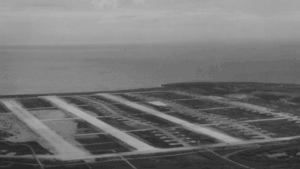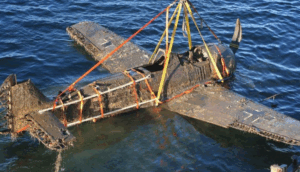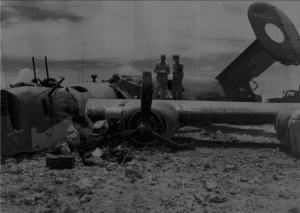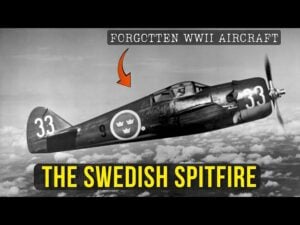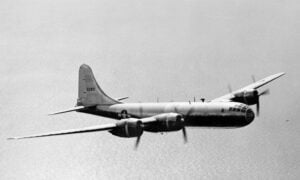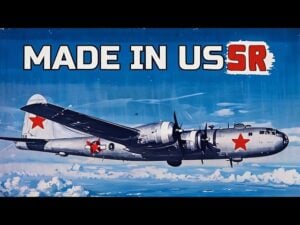Why George Beurling Was Dubbed “Falcon of Malta” After WWII Aerial Victory
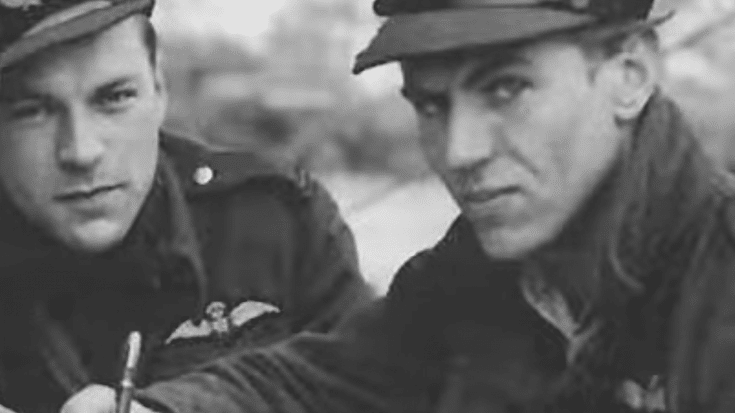
The London Free Press / YouTube
When George Beurling arrived in Malta in 1942, he was already known for his unique flying skills and fearless nature. A Canadian pilot with a natural gift for marksmanship, Beurling wasn’t particularly interested in following orders or regulations. His reputation as a maverick made him a controversial figure within the Royal Air Force (RAF), but it also contributed to his effectiveness in combat. His time in Malta, a strategically crucial island in the Mediterranean, saw him quickly become one of the Allies’ most effective fighter pilots. This skill, paired with his lone-wolf approach, earned him the nickname “Falcon of Malta.”
Early Interest in Flying
George Beurling’s fascination with flying began when he was just a boy. By six, he was building model airplanes, and by twelve, he was already taking control of real aircraft. At fourteen, he completed his first solo flight, a rare achievement for someone so young. Driven by a deep passion, Beurling earned his pilot’s license by seventeen, and flying became his primary focus. His intense dedication to aviation shaped his identity and ambitions, and he spent hours studying aircraft mechanics and practicing shooting techniques. As Beurling put it, his dream had always been “to get up in them into the free sky.”
When World War II broke out in 1939, Beurling saw his chance to become a fighter pilot. He tried to enlist with the Royal Canadian Air Force (RCAF), but his application was rejected due to his poor academic record. Refusing to be deterred, he looked into joining the Finnish Air Force to fight against the Soviet Union in the Winter War. However, his parents disapproved, and he was blocked once again. Finally, after securing passage to England, he joined the RAF and began his formal training as a fighter pilot.
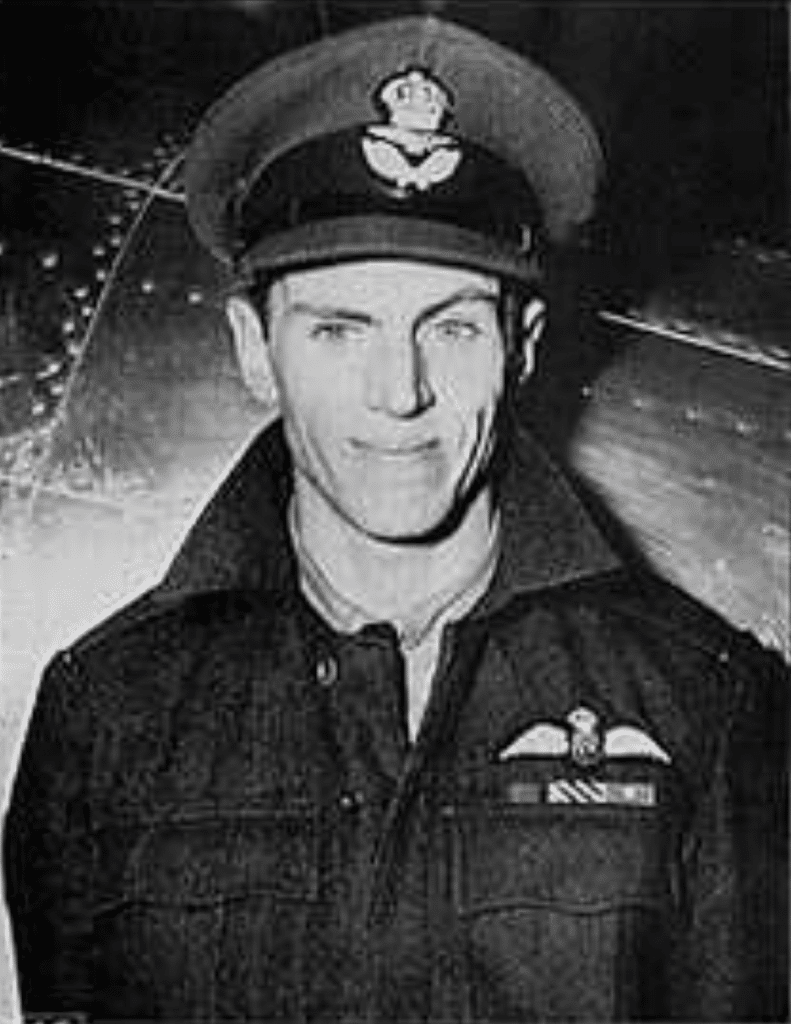
Training and Reputation
In training, Beurling’s skill quickly drew attention. He showed exceptional talent in precise shooting and often trained for hours to refine his technique. An RAF ace, Ginger Lacey, once described Beurling as “a wonderful pilot and an even better shot.” Beurling spent significant time mastering concepts like deflection and range estimation, skills that allowed him to anticipate an enemy’s movements and hit his targets with astonishing accuracy.
However, his skill came with a disregard for authority that often put him at odds with his commanders. His independent attitude earned him the nickname “Buzz” because of his unpredictable flying style and his tendency to take dangerous risks. After joining the 403 Squadron, he even turned down a promotion, preferring to stay focused solely on flying without added responsibilities. This choice led his commanders to place him in the squadron’s rear position, a spot typically reserved for rookies, where he was often the first target for incoming attacks.
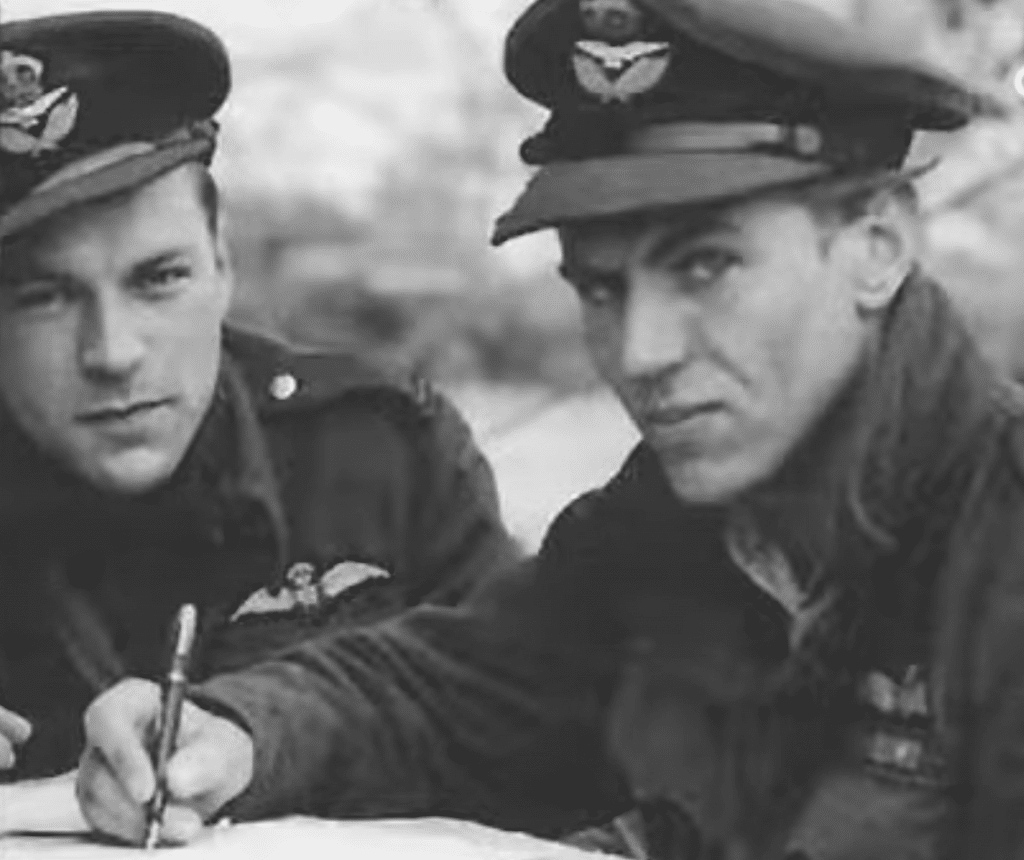
First Combat Experiences
Beurling’s early combat experiences demonstrated both his skills and his stubbornness. On one occasion in March 1942, during a mission over France, he spotted a formation of enemy Focke-Wulf 190 fighters closing in. Although he was under orders to maintain radio silence, Beurling alerted his squadron, breaking protocol to warn them of the impending attack. When the enemy fighters opened fire, he narrowly escaped by employing an unconventional tactic—lowering his landing gear and flaps to slow his aircraft, causing his pursuers to overshoot. However, this maneuver, although effective, led to reprimands from his superiors.
Despite the tension between him and his commanders, Beurling’s performance in battle only solidified his reputation. On another mission, when he detected approaching enemy planes, he once again broke formation without orders, engaging the enemy on his own. His disregard for protocol led to more disciplinary actions, yet his ability to consistently down enemy aircraft spoke louder than any reprimand.
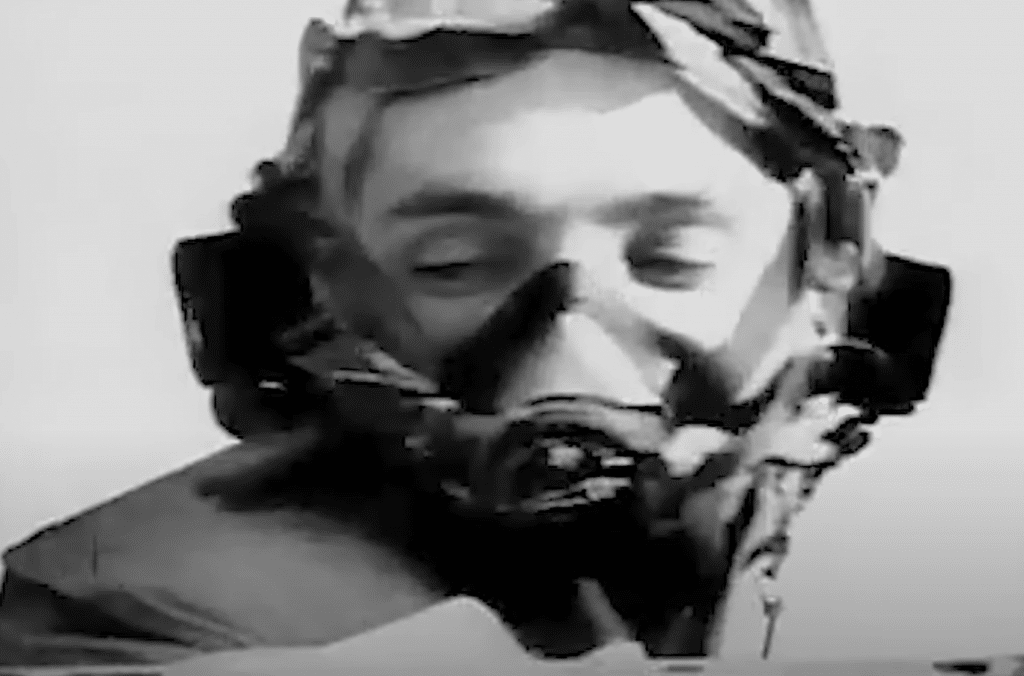
Arrival in Malta
In June 1942, Beurling’s fortunes changed when he was sent to Malta, a key stronghold in the Mediterranean. Malta’s position allowed Allied forces to disrupt Axis supply routes to North Africa, making the island a prime target for German and Italian forces. Constantly under attack, Malta became one of the most fiercely contested locations in the war. Beurling arrived just as the intensity of combat reached its peak. The small British contingent defending the island was vastly outnumbered and relied on a handful of pilots to keep the Axis forces at bay.
Upon his arrival, Beurling joined the 249 Squadron under the command of Wing Commander Laddie Lucas. Lucas took an unconventional approach with Beurling, giving him the freedom to operate independently and focus on his strengths. This trust between commander and pilot proved essential, as Beurling quickly began to rack up victories. On June 12, only days after arriving, he claimed his first victory over Malta by shooting down a German Messerschmitt Bf 109.
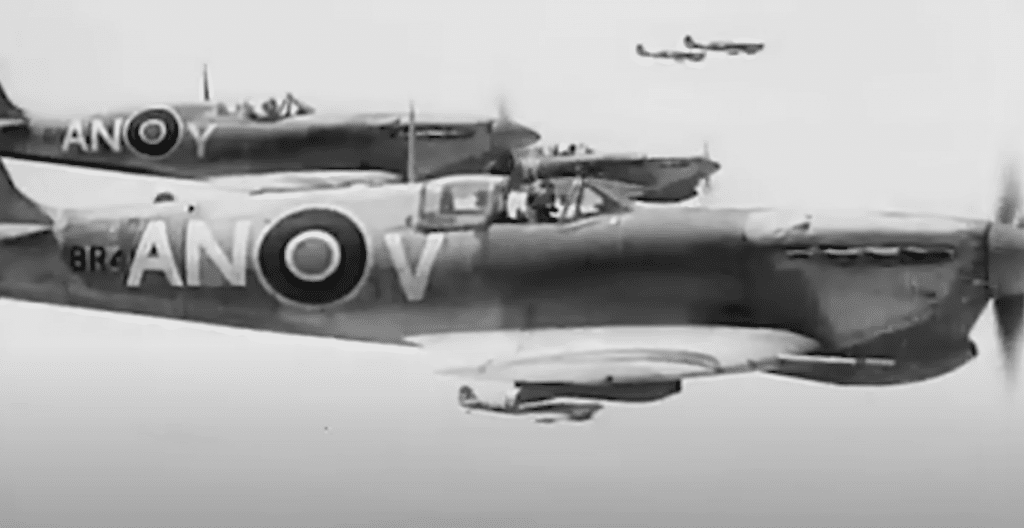
Rise to “Falcon of Malta”
Beurling’s effectiveness in Malta became legendary as he honed his skills in deflection shooting, a technique requiring the pilot to predict the path of enemy aircraft and aim ahead of their movement. This intense dedication to accuracy allowed Beurling to achieve numerous kills and establish himself as a dominant force in the skies over Malta. On July 6, 1942, he downed two Italian Macchi 202s and a German Messerschmitt in a single day, furthering his reputation as an ace.
As Beurling continued his relentless assault on Axis aircraft, the press began to take notice. His skill, daring maneuvers, and unmatched kill count led the media to dub him the “Falcon of Malta.” This nickname captured both his fearlessness and his almost predatory precision in combat. Unlike other pilots, who often took breaks between missions, Beurling spent his downtime analyzing tactics and refining his shooting abilities, demonstrating his singular focus on aerial combat.
Intense Combat and Recognition
Beurling’s dedication to his craft continued into August and September, despite the growing hardships of Malta’s siege. As supplies dwindled and conditions worsened, Beurling’s health declined, and he lost a significant amount of weight due to the lack of food. Even while battling illness, he refused to step back from his duties and continued flying. By the end of July, Beurling had amassed 17 confirmed kills, earning him the Distinguished Flying Medal. Shortly afterward, he received a promotion, though he chose to remain among the sergeants rather than live separately as an officer.
As the campaign dragged into the autumn, Beurling’s resilience and determination shone through. He became known for his willingness to confront overwhelming odds, often facing enemy fighters outnumbered and outgunned. By September, he was awarded the Distinguished Flying Cross, further solidifying his status as one of Malta’s top aces.













